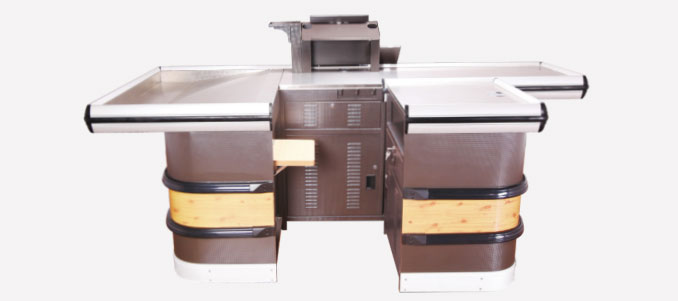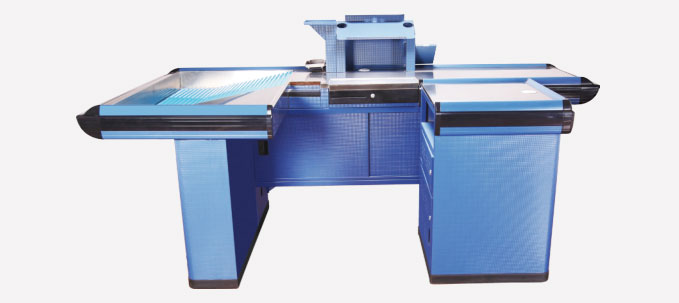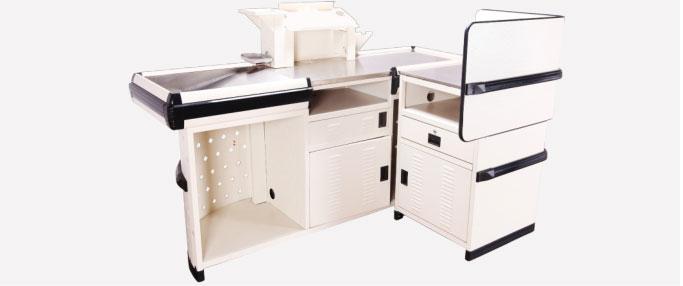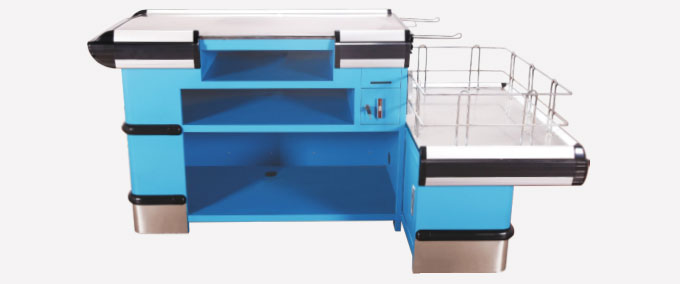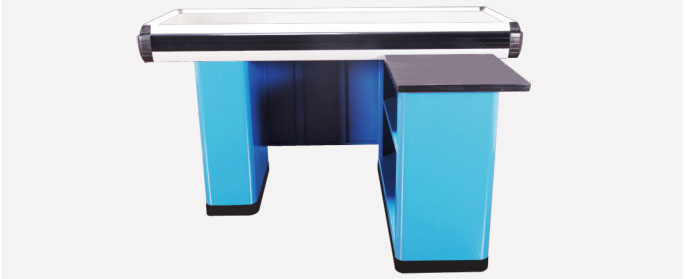Introduction to Building a Checkout Counter
A checkout counter is an essential component of any retail store, providing both functionality and a professional appearance. Whether you’re setting up a new store or renovating an existing one, building a checkout counter can seem like a daunting task. However, with the right tools and a clear plan, you can create a durable and attractive checkout counter that meets your business needs.
Why Is a Checkout Counter Important?
Before diving into the “how,” let’s explore the “why.” A well-designed checkout counter serves multiple purposes:
– It provides a dedicated space for processing transactions, making the checkout process smoother for both customers and staff.
– It enhances the overall shopping experience by creating a professional and organized environment.
– It can also serve as a display area for impulse purchases or promotional items.
Key Considerations Before You Start
Before you begin building your checkout counter, there are a few things to keep in mind:
1. **Space:** Measure the area where the counter will be placed to ensure it fits seamlessly into your store layout.
2. **Functionality:** Consider the equipment you’ll need, such as a cash register, card reader, and receipt printer.
3. **Aesthetics:** The design should match your store’s theme and branding.
4. **Durability:** Choose materials that can withstand heavy use and last for years to come.
Materials You’ll Need
To build a checkout counter, you’ll need the following materials:
– Plywood or MDF for the countertop and shelves
– Lumber (e.g., 2x4s) for the frame
– Screws, nails, and wood glue
– Sandpaper and paint or stain for finishing
– A saw, drill, and other basic tools
A Step-by-Step Guide to Building Your Checkout Counter
Now that you’ve gathered your materials, it’s time to start building. Here’s a step-by-step guide to help you through the process:
Step 1: Measure and Plan
The first step is to measure the space where the counter will go and decide on the dimensions. A standard checkout counter is typically 36-40 inches tall and 24-30 inches wide, but you can adjust these measurements based on your specific needs.
Step 2: Build the Frame
Using your lumber, construct the frame of the counter. Start by building the base, then add supports for the countertop and shelves. Make sure the frame is sturdy and level.
Step 3: Attach the Countertop
Cut your plywood or MDF to the desired size for the countertop. Sand the edges to smooth them out, then attach the countertop to the frame using screws.
Step 4: Add Shelves and Storage
If you want to include shelves or storage compartments, now is the time to add them. This can help keep the area organized and clutter-free.
Step 5: Finish and Decorate
Once the structure is complete, sand the entire counter to ensure it’s smooth. You can then paint or stain it to match your store’s decor.
Step 6: Install Equipment
Finally, install your cash register, card reader, and any other equipment you’ll need. Make sure everything is securely fastened and easy to access.
Tips for Maintaining Your Checkout Counter
To keep your checkout counter looking its best, regular maintenance is key. Clean the surface daily, check for any damage, and make repairs as needed.
Common Mistakes to Avoid
When building a checkout counter, there are a few common mistakes to avoid:
– **Poor measurement:** Double-check your measurements to ensure the counter fits perfectly in the space.
– **Low-quality materials:** Invest in durable materials to avoid frequent repairs.
– **Neglecting aesthetics:** The counter should reflect your brand’s image, so don’t skimp on the finish.
Conclusion
Building a checkout counter is a manageable project that can enhance the functionality and appearance of your store. By following these steps and avoiding common pitfalls, you can create a checkout counter that meets your needs and impresses your customers.

